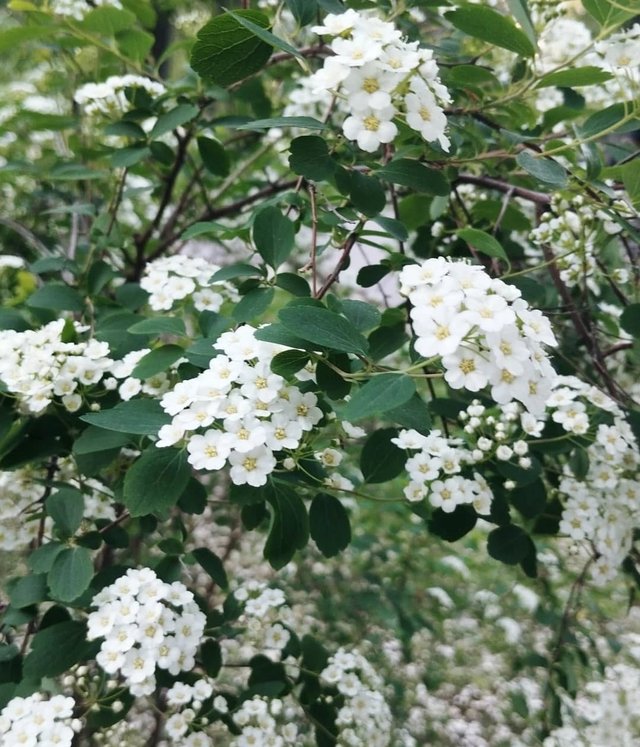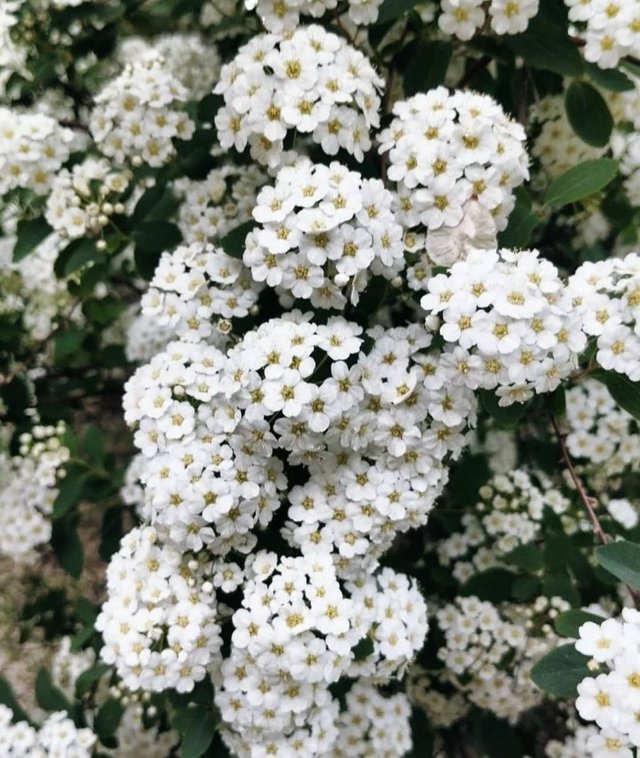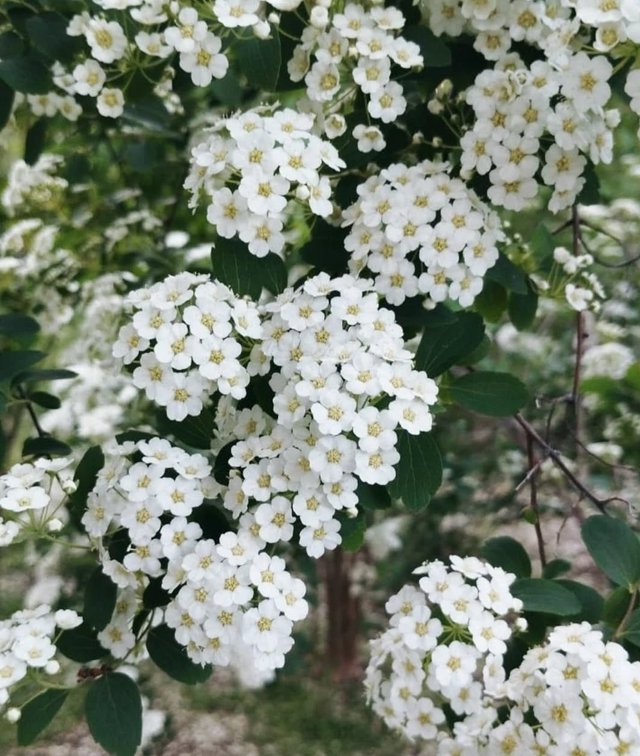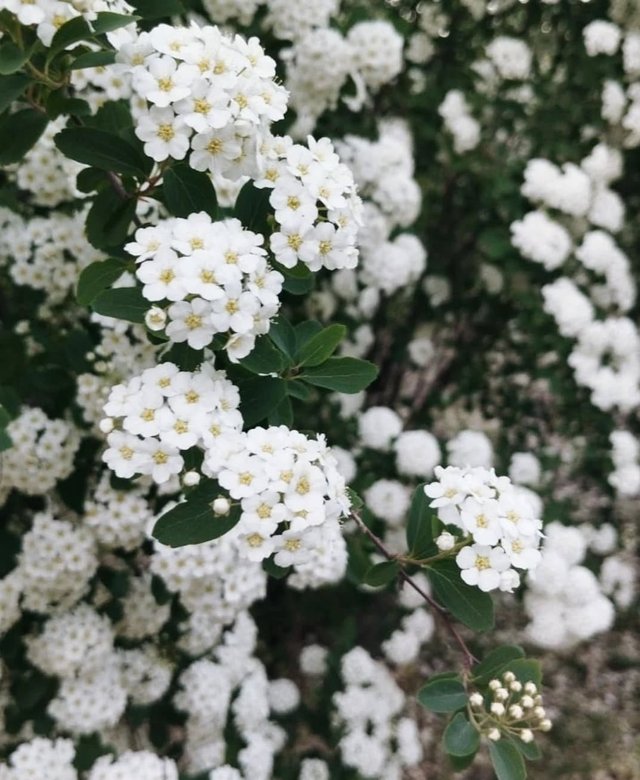Reeve's Spiraea So Beautiful Flower
Reeve's Spiraea: The Cascading Queen of Spring Gardens
Reeve's spiraea, also commonly known as bridal wreath spiraea, is one of the most charming and reliable flowering shrubs in temperate landscapes. With its elegant, arching branches and profuse clusters of white blossoms, it has become a beloved choice for gardeners and landscape designers seeking a romantic and timeless touch to their outdoor spaces.
Botanical Background
Native to China, Reeve's spiraea belongs to the Rosaceae family, a large group that includes roses, apples, and cherries. This deciduous shrub typically grows to a height and width of 4 to 6 feet, forming a graceful mound of cascading branches. Its botanical name, Spiraea cantoniensis, reflects its origins—"cantoniensis" referring to Canton, a region where the plant was first collected and studied.
The plant is most famous for its springtime show: a profusion of small, five-petaled white flowers densely packed into rounded clusters that line the drooping branches. When in full bloom, the plant seems to be covered in snow, earning it the nickname "bridal wreath." The flowers are not only beautiful but also attract pollinators such as bees and butterflies.
Growing Conditions and Care
One of the greatest assets of Reeve's spiraea is its low-maintenance nature. It thrives in USDA hardiness zones 5 through 9 and tolerates a range of soil types, although it prefers well-draining soil with moderate fertility. Once established, it is relatively drought-tolerant and can adapt to both full sun and partial shade, though flowering is most prolific with at least six hours of direct sunlight per day.
In terms of care:Pruning should be done right after flowering, as next year’s blooms develop on old wood. Removing about a third of the oldest stems at ground level each year will maintain the plant’s shape and encourage vigorous new growth.
Fertilizing isn’t usually necessary, but a balanced, slow-release fertilizer in early spring can support healthy growth.
Pest and disease resistance is excellent, making it a worry-free addition to most landscapes.




%20(7).jpeg)